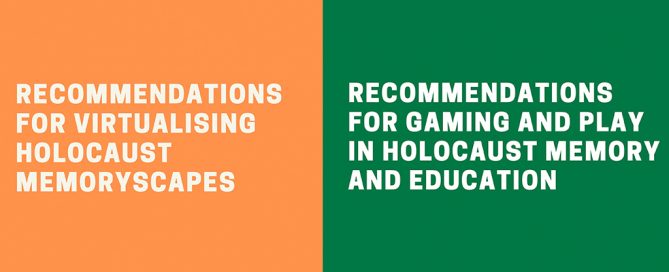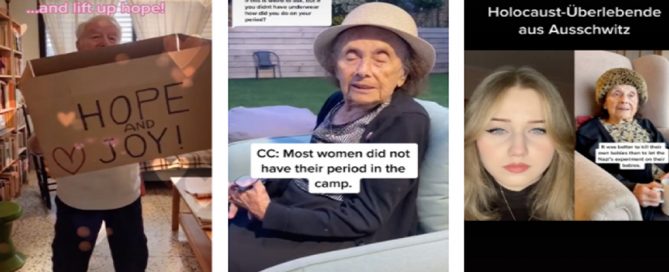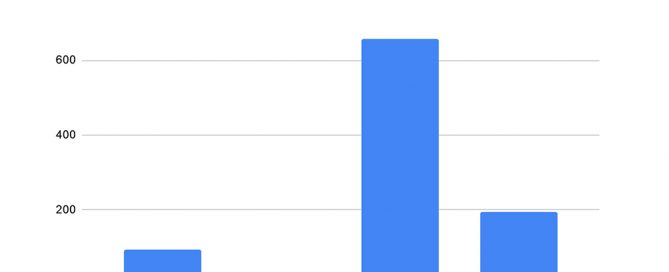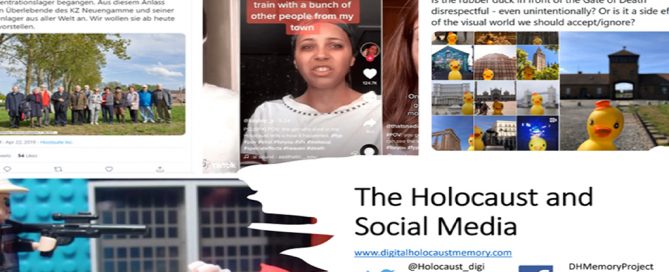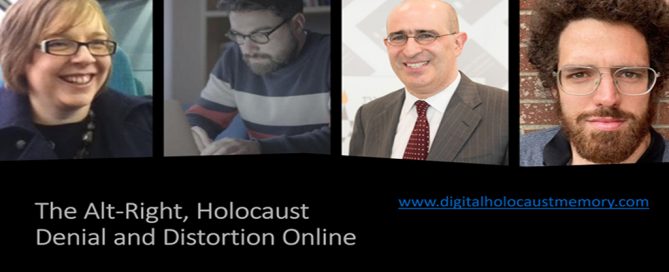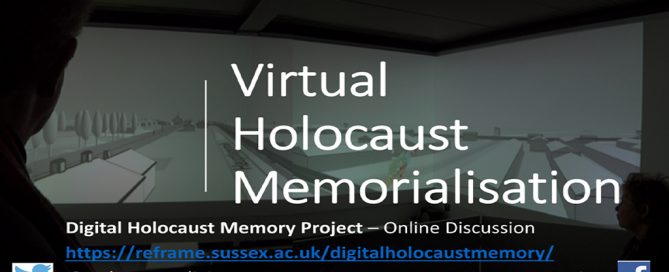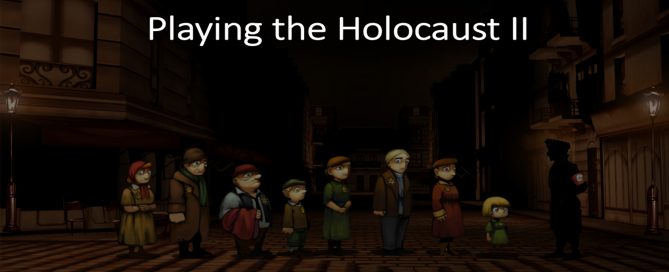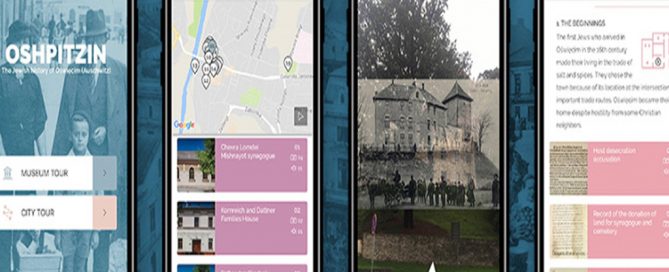Shaping the Future Use of VR, AR and Computer Games in Holocaust Memory
by Dr Victoria Grace Richardson-Walden As more Holocaust institutions feel emboldened to incorporate digital media into their practices, it is increasingly urgent that there are clear guidelines to help shape their thinking. In response to this urgency, the new Landecker Digital Memory Lab has arrived and begins by publishing the final two recommendation reports of the Digital Holocaust Memory Project's previous work. They offer guidelines for a more sustainable approach to using virtual and augmented reality, and computer games for Holocaust memory and education. The latest reports mark the completion of the set, which broadly looked at digital interventions in Holocaust memory and education (read the other recommendations here, which cover AI and machine learning, digitising material evidence, social media and digitally recording, recirculating and remixing Holocaust testimony). The reports ask provocative questions of those responsible for the future of Holocaust memory: major tech companies, policymakers, academia, and Holocaust museums, memorials and archives. Key recommendations from the two latest reports, ‘Virtualising Holocaust Memoryscapes’ and ‘Gaming and Play’ include: conduct thorough research into the impact of digital Holocaust projects establish technology working groups to help propel development in this field create spaces to share knowledge and ideas provide training and support [...]
